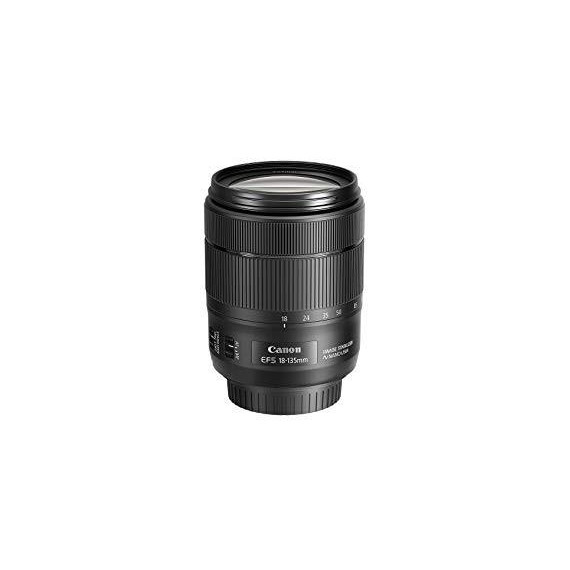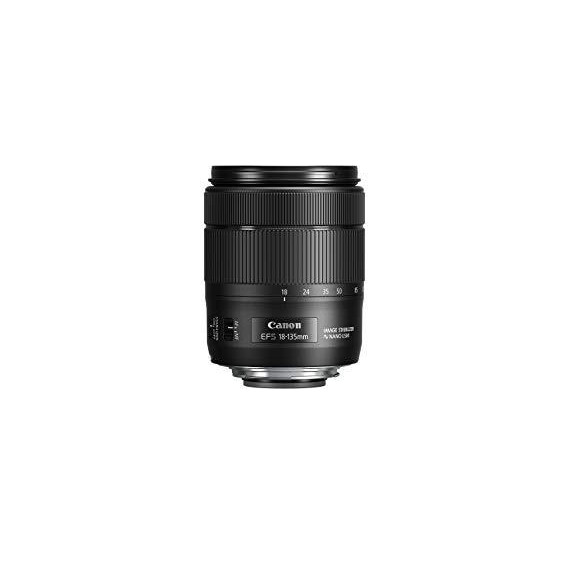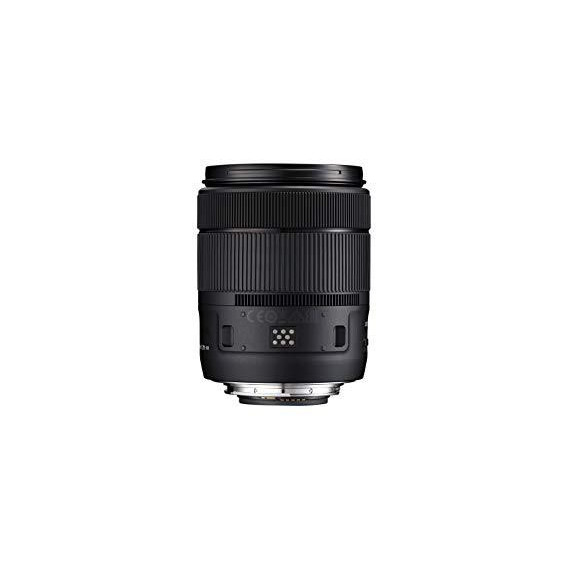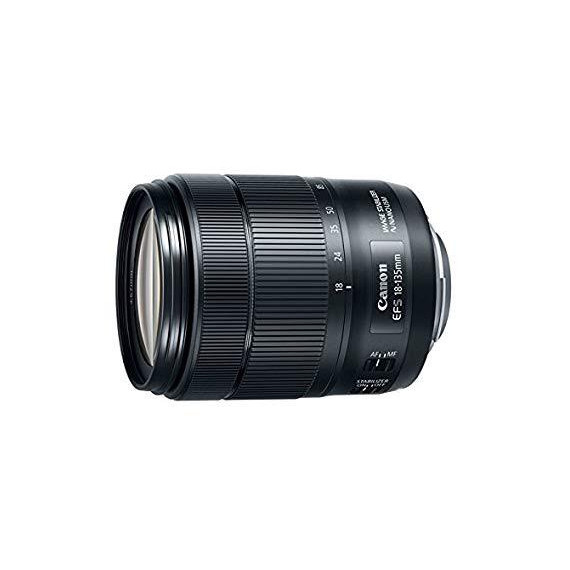Demon_Mustang
I am now officially spoiled... Canons new nanoUSM technology is a total marvel and they need to start advertising their lenses accordingly so we know which is USM and which is nanoUSM because I only want to use nanoUSM now that this lens has spoiled me. Now Im not a mechanical engineer or anything but I want to try to explain the differences the best I can so you can understand what makes the focusing technology in this lens so great compared to even other high quality Canon lenses. The lowest quality auto-focusing system would be found in like the cheapy kit lenses, like the EF-S 18-55mm f/3.5-5.6 IS II lens. In that, its a basic motor and gear. The end result is an auto-focus that is both noisy any slow. Being slow is negative for obvious reasons, being noisy is both annoying and if used while shooting a movie can drown out the audio of the subject of your video. The next step up (no pun intended) is the STM otherwise known as a stepping motor. With this, the focusing is still slow, but this time its very quiet. These lenses were designed to allow for auto-focusing during videos without the sound being distracting during the video. But the problem is that its still slow. A step up from there is the USM otherwise known as the ultrasonic motor. Now heres the confusing thing, there is now 3 types of focusing mechanisms that are all labeled with "USM." This is why I said I wish Canon would advertise their lenses accordingly to the type since not all USM lenses are created equally. Before there was the Micro type and the Ring type. The desired one then was the Ring type. But basically the advantages of USM lenses is that they focused very quickly, and more quietly than the cheap motor one but still a little more noisy than the STM (in videos youd hear like a chirping sound) but since its fast and the focusing occurs quickly it shouldnt distract that much. The difference between the Micro-USM and Ring-USM is the Ring allows for full-time manual focusing even while youre in auto focus mode. SOME Micro-USM allowed for it but not all. But now theres a third type, and this is the newest one, one I think, and wish, Canon will make all of their new USM lenses with this technology. They call it "nanoUSM." Basically nanoUSM combines the advantage of the STM lenses of being quiet, with the advantages of the Ring-USM lenses of being very quick to focus and allowing for full-time manual focus. Basically its the best of all worlds, lol. Now that we got that out of the way, this EF-S 18-135mm f/3.5-5.6 Image Stabilization USM Lens is the third type, the best type, the nanoUSM. So far Im in love with the focusing mechanism and the lens itself is a very well-built lens. The optical lens doesnt rotate with focusing or zooming like the cheap ones do, so you can attach a lens hood or a polarizing filter without needing to constantly adjust it as the camera changes focus or zoom. But thats expected from anything but the cheapy kit lenses. Just figure I mention it, not claiming this to be some revolutionary feature or anything. The image quality has been really great so far. I dont notice any obvious signs of vignetting or chromatic aberration with this lens. Not saying it doesnt have it, my "tests" havent really been scientific, Im just looking at the photos I happen to have taken with the lens and looking at them at 100% especially around the edges of the photos and so far not really noticing anything. Zooming with the lens is a LITTLE on the rough side compared to the 70-300mm IS II USM lens, not sure if its like that with all of them or just with mine, but its not a big deal to be honest, I only mention it to make this review as detailed as I can to help with peoples purchase decision. While using it you likely wouldnt really notice it and it doesnt keep me from getting to the focal lengths I need to quickly and precisely. Overall this is a typical high quality Canon lens with the amazing new nanoUSM focusing technology. I see some cameras like the T7i and T6i come in kits that come with the STM version lens with the same focal range, I highly recommend for you guys who want this range, to skip that kit and buy just the body and then get this version lens separately. Itll definitely end up costing more, unless you find someone selling theirs brand new at used prices (like I did), then it might end up being the same cost to you in the end (shout-out to seller linhphoto, the lenses hes selling is off a kit from a higher-end camera, and is listed as used but is as far as I can tell after buying two from him, brand new).












